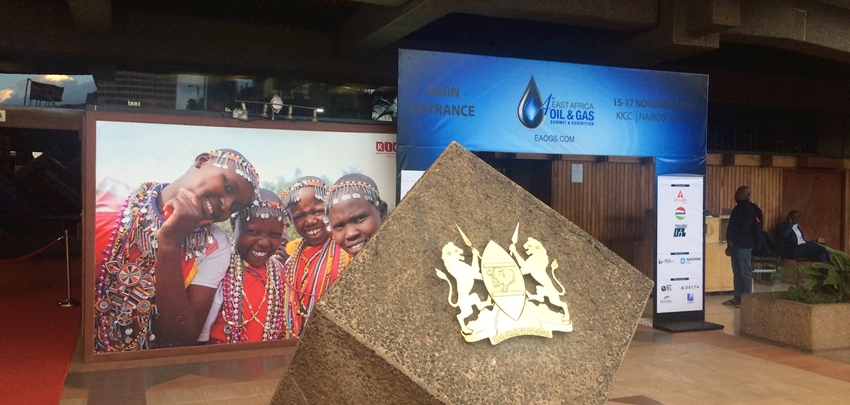Social Performance, the Weakest Link?

Published: 15-12-2016
On 15 – 17 November 2016, Timu founder Jeroen de Zeeuw was one of the speakers at the 4th East Africa Oil & Gas Summit (EAOGS) in Nairobi, Kenya. Billed as one of the main events for oil and gas companies active in East Africa, it provided a unique opportunity for Timu to share some of its experiences with community engagement in conflict-affected environments.
Here are some key points from Jeroen’s presentation:
- ‘Non-technical risks’ of oil, gas and other resource projects in East Africa and elsewhere remain very high, and need to be addressed urgently;
- More and more people are probing government approvals for oil, gas and mining projects. In the face of climate change, more and more (young) people are starting to question the desirability of non-renewable resource projects;
- When even the more responsible investors are no longer interested and start pulling out, costly but much-needed energy projects could grind to a halt;
- In order to avoid a breakdown in relationships between communities, companies and governments in Kenya and other (East) African resource-rich countries, we need to ‘upgrade’ to community engagement 2.0;
- Research in places such as Turkana county (Kenya), the Niger Delta (Nigeria), Katanga province (DRC) and Malakal/Unity states (South Sudan) shows that information-sharing is poor, public consultation is limited, that there is lack of clarity on who is responsible for what, and popular expectations about resource benefits are whipped up by politicians rather than actively managed towards a more realistic level;
- With a few positive exceptions, community engagement is often a tick-the-box exercise: a few community meetings are held, environmental and social impact assessments are completed, but all are done in such a way that affected communities find difficult to comprehend;
- The tools themselves are not bad, but far from sufficient. The way in which meetings are organized and information is presented does not take into account the language, access, knowledge and other practical barriers local communities in remote areas face;
- More effective community engagement requires at least the following five elements:
- Meaningful public participation: carefully planned for the entire duration of the project (not just the ESIA); a clear and comprehensive Stakeholder Engagement Plan (SEP); and being respectful of local culture;
- Inclusive regulation: ensuring that laws work as well in practice as they do on paper, i.e. not just cutting red tape and making rules and procedures simpler, but also ensuring that rules have a tangible positive impact on economic activity and human well-being;
- Co-creation of solutions: this not only shows respect to communities (recognizing valuable local knowledge), but helps to come up with better project designs that minimize social and environmental impacts, and save costs immediately;
- Capacity-building. local communities (and local governments) need to be empowered. Experience shows that a well-informed and well-organized community –even though they might not always agree with a developer– tends to be a much better negotiation partner and more constructive problem solver;
- Equitable benefit-sharing is more than a few CSR projects to ‘keep poor communities happy’. Real benefit-sharing (or ‘creating shared value’) involves considering communities as genuine partners and creating a clear framework for mitigating negative impacts and maximizing the positive impacts, based on negotiated (community development) agreements.
For a visual summary of Jeroen’s presentation at EAOGS 2016, click here.
Any comments or want to know more? Contact us!
